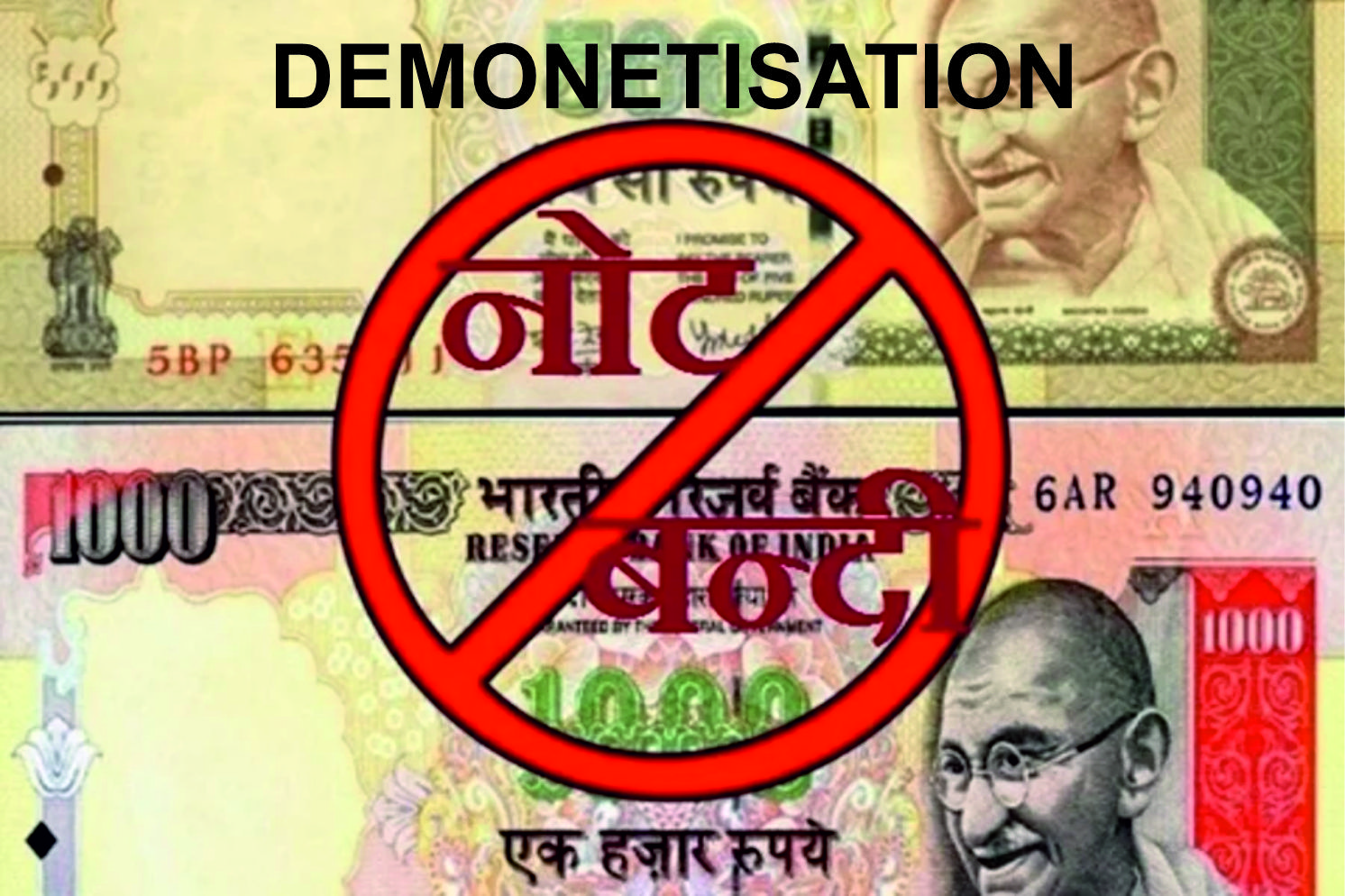Global Gold Reserves in 2025: Top Nations and Key Developments

Global Gold Reserves in 2025: Top Nations and Key Developments
Central Banks Bolster Gold Holdings Amid Economic Shifts
Gold continues to shine in 2025 as a cornerstone of financial stability, with central banks worldwide expanding their reserves to navigate economic volatility and geopolitical uncertainty. From the United States to emerging players like the UAE and Kyrgyzstan, nations are making strategic moves to strengthen their financial security through gold.
Leading Nations in Gold Holdings
The United States remains far ahead of the pack, with about 8,133 tonnes of gold — more than the next three countries combined. Germany follows with 3,351 tonnes, while Italy and France hold around 2,451 tonnes and 2,437 tonnes respectively. Russia maintains reserves of roughly 2,330 tonnes, but in 2025, it was overtaken by China, which increased its holdings to 2,280 tonnes.
Among other major holders, Switzerland stands at around 1,040 tonnes, Japan at 846 tonnes, and India — after recent additions — has climbed to approximately 876 tonnes, securing its place among the top ten. The Netherlands rounds out the list with about 612 tonnes.
Key Developments in 2025
A number of trends and policy shifts have reshaped the global gold landscape this year:
-
India’s Rising Reserves: The Reserve Bank of India has steadily built its holdings, bringing the total to 876 tonnes. This move reflects not just India’s economic momentum but also its cultural affinity for gold as a store of value.
-
China Overtakes Russia: By adding 44 tonnes in 2025, China pushed its reserves above Russia’s, signaling its commitment to reduce reliance on dollar-based assets and strengthen its position in global trade negotiations.
-
UAE’s Golden Surge: The United Arab Emirates posted a 26% increase in its reserves, fueled by a robust banking sector and demand for safe-haven assets. The rise has positioned the UAE as a new heavyweight in the global gold market.
-
Repatriation Talks in Europe: Both Germany and Italy are under domestic pressure to repatriate reserves currently held abroad, particularly in the U.S. and UK. Germany has already moved about 1,200 tonnes home since 2017, while Italy is debating similar action to enhance sovereignty.
-
Kyrgyzstan’s Mining Expansion: The resumption of underground mining at the Kumtor gold deposit could eventually add as much as 147 tonnes to Kyrgyzstan’s modest reserves of ~16 tonnes — potentially lifting its global ranking.
-
Poland and Turkey’s Growth: Poland has added about 100 tonnes in recent years, taking its reserves to around 333 tonnes, while Turkey continues to expand its holdings, now at approximately 540 tonnes, supported by strong domestic production.
Why Gold Matters
For central banks, gold is more than a symbol — it is a strategic tool. In times of inflation, currency fluctuation, or geopolitical strife, gold provides stability. The surge in purchases underscores its enduring role as:
-
A hedge against economic instability,
-
A neutral safe-haven during global tensions, and
-
A diversification strategy, especially for nations seeking to reduce dependence on the U.S. dollar.
In fact, central banks collectively bought a record 1,136 tonnes of gold in 2024, and the trend is continuing through 2025.
Conclusion
The global race for gold reserves highlights the growing importance of financial security in a turbulent world. While the United States remains the dominant holder, rapid accumulation by China and India, combined with bold moves from the UAE, Turkey, and Kyrgyzstan, are reshaping the global order. These shifts are not just about wealth — they signal deeper economic strategies and geopolitical ambitions that will influence global finance for years to come.



 167
167

 The BharatBiz
The BharatBiz
 16
16

